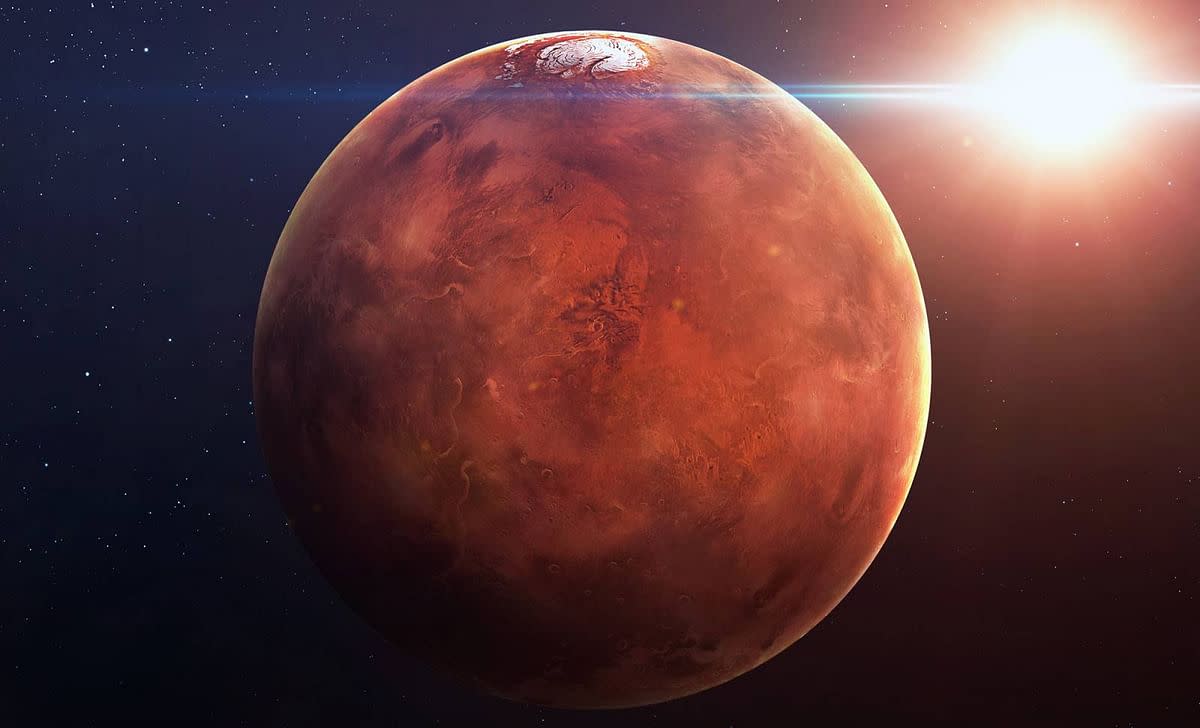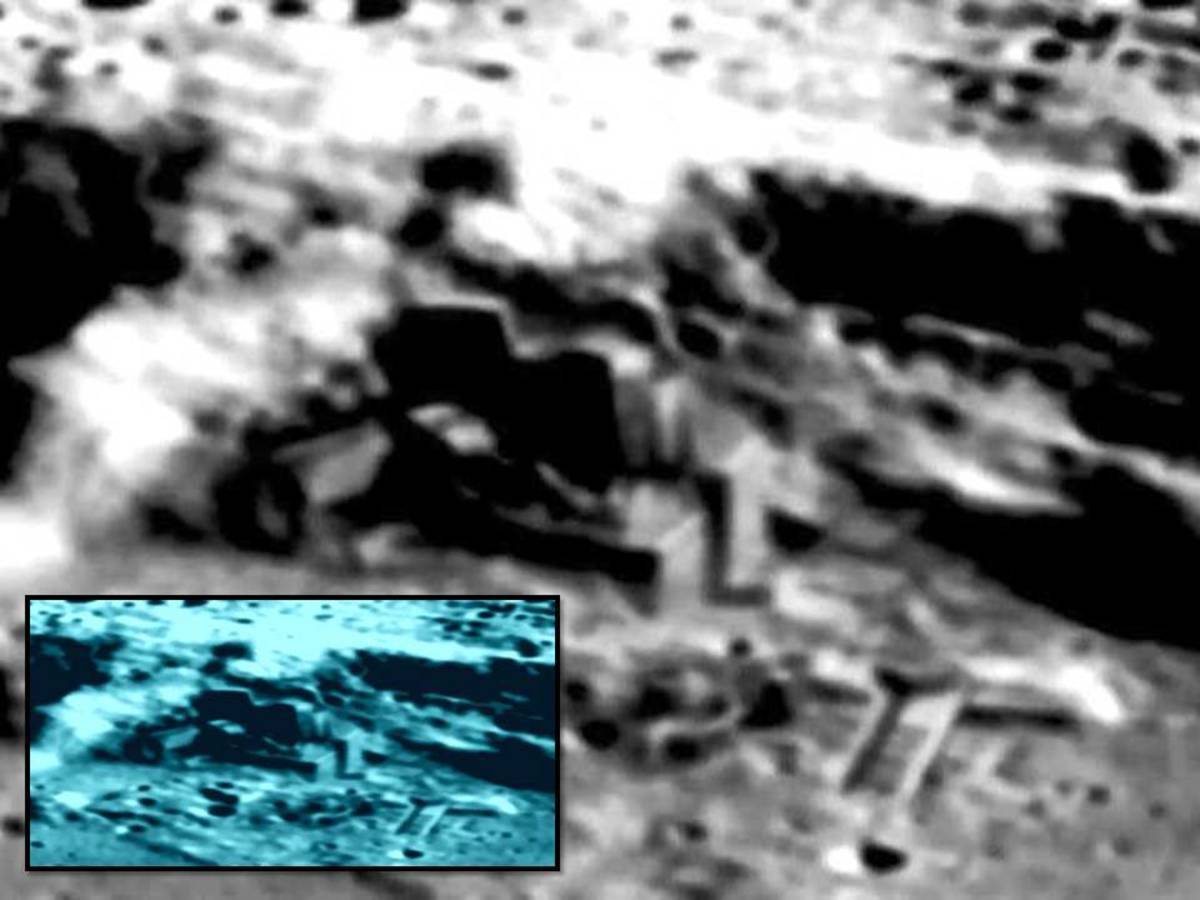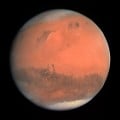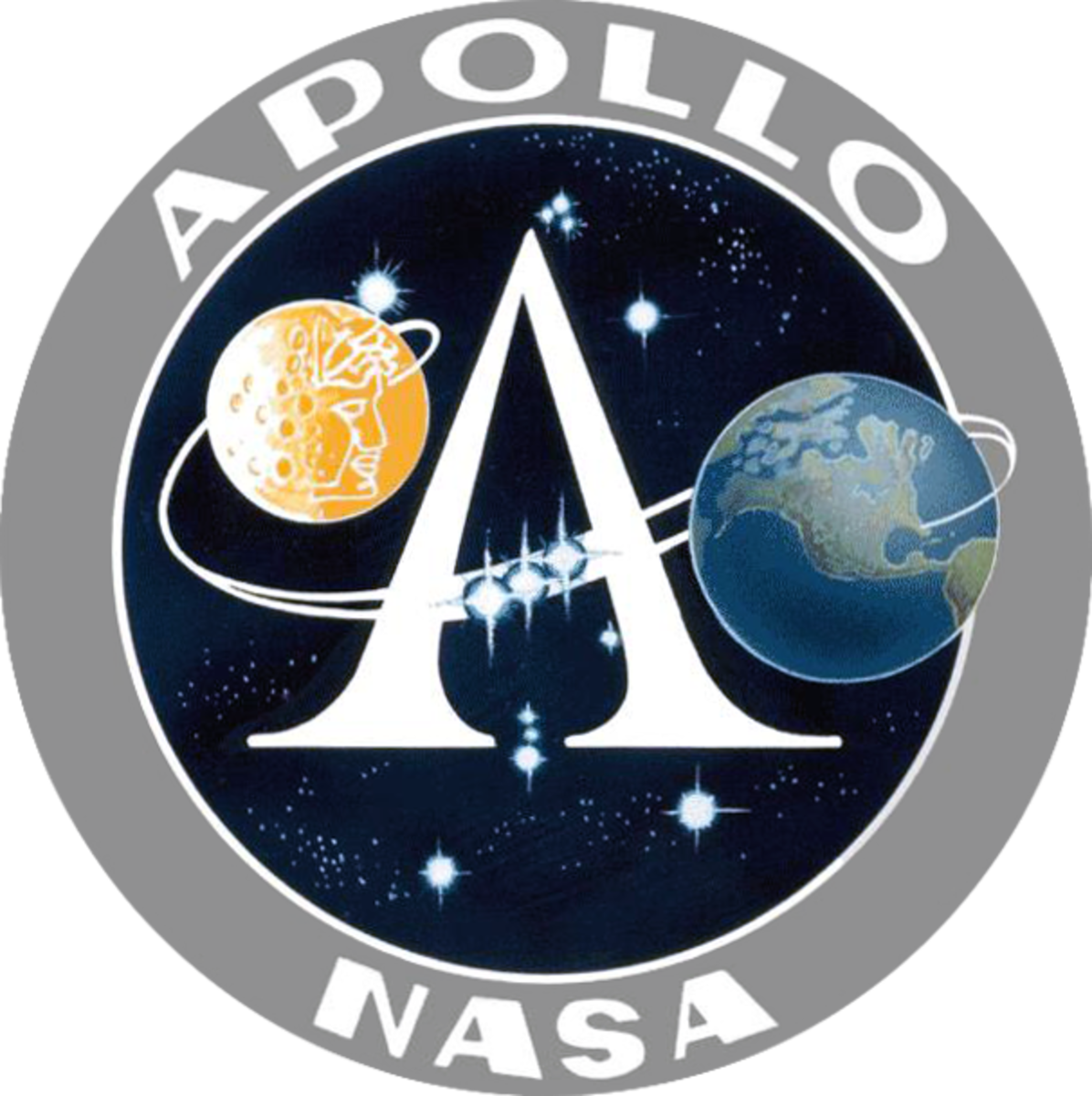Human Face Chiseled on Cydonia, Mars: Fact or Fantasy?
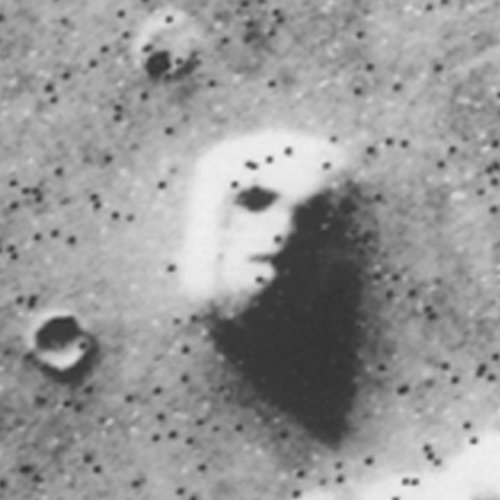
In 1976 NASA’s Viking orbiter was circling Mars when it sent an unusual image to Earth. The picture, which is shown to the right, seems to show a human face in the Cydonia region of Mars -- a region that's visible from Earth with powerful telescopes. The item in question is approximately a mile wide.
Is the image just a trick of light and shadow, geological chance, or hard evidence of intelligent life having spent time on Mars? This article is a serious and open-minded attempt to answer that question.
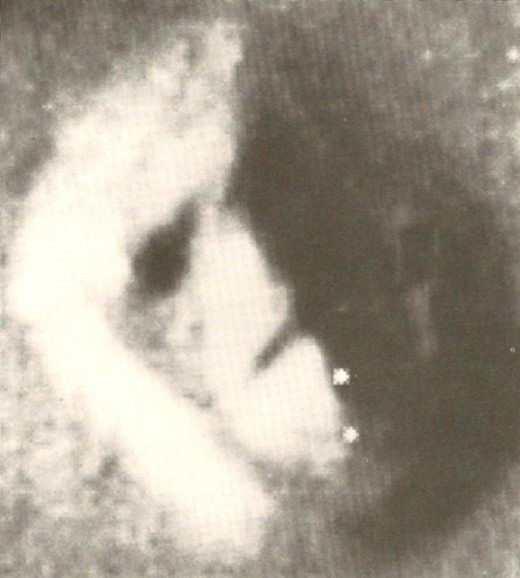
A Trick of Light and Shadow?
When NASA received the above image, Viking's lead scientist Gerry Soffen described "the face" as an optical illusion, a trick of light and shadow. Like many other scientists, he found it implausible that intelligent life on Mars had chiseled a human face to look toward the sky.
However, Viking sent a second image of "the face" on Cydonia several weeks later. This time, the structure was captured from another angle but still appeared remarkably humanoid. This second image wasn't noticed until 1980 when two NASA computer engineers, Vincent DiPietro and Gregory Molenaar, were searching the Viking archives.
Both images are admittedly quite blurry; the resolutions shown here are supposedly the highest available. Many scientists -- and many pseudoscientists -- have been inspired to enhance the images to learn more.
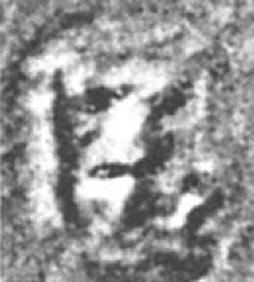
Early Enhanced Images of Cydonia
In 1987 a professional image analyst adjusted the second Viking image. Dr. Mark Carlotto of The Analytical Sciences Corporation created a "local contrast stretch" of frame 70A13. Basically, a local contrast stretch counters under-exposure and over-exposure.
Carlotto's rendition of 70A13 is shown to the right. It seems to reveal additional details of "the face," including teeth, symmetrical eyes and a symmetrical mouth.

The Next Round of Cydonia Image Enhancements
Carlotto's technique of image enhancement, in my opinion, does not stray into pseudoscience or crackpot territory. Local contrast stretching is a common practice among photographers. An example of local contrast stretching performed on a landscape from Earth is shown to the right.
The next round of Cydonia image enhancements invites more skepticism. In fact, the new pictures might be considered manipulations instead of enhancements. Richard Hoagland, an independent researcher and now the co-author of Dark Mission: The Secret History of NASA , split Carlottos' image down the middle and created two mirror images. This yielded an image of a human-feline hybrid. In Hoagland's view, the left side of the image shows a human headdress, eye, nose and mouth while the right side shows feline characteristics including a mane, an eye and a muzzle.
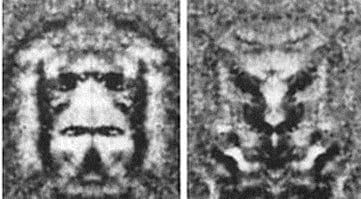
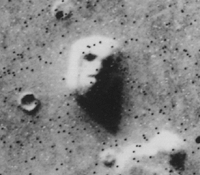
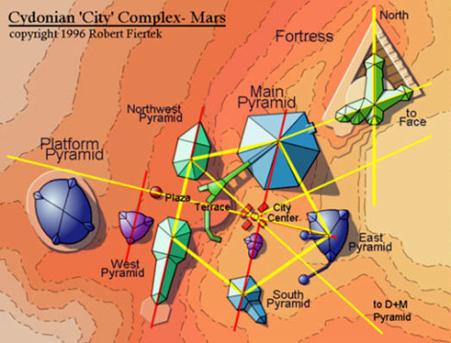
The Cat Connection
Why would intelligent life have created a human-cat sculpture on Mars? Hoagland and his followers noted that "the face" was in close proximity to a number of pyramids reminiscent of those in Egypt. And... the ancient Egyptians worshiped cats. Bastet, for example, was considered a feline goddess since at least the Second Dynasty (2890 to 2686 BC).
With huge pyramids and respect for cats being found on two planets, a person can jump to many conclusions. Were the Egyptians visited by extraterrestrials? Were the Egyptian pyramids constructed with alien assistance?
NASA gave little credence to Hoagland's work. In fact, scientists joked that if aliens were truly going to construct a face on Mars, they'd have used Elvis as a model.
Carlotto and others, however, were intrigued by Hoagland's pictures and used them to create additional images. The face on Mars became better known in popular culture. NASA scientists ultimately decided that they owed it to taxpayers to capture better pictures of Cydonia during the next voyage to Mars. A Mars surveyor returned to the region in 1998.
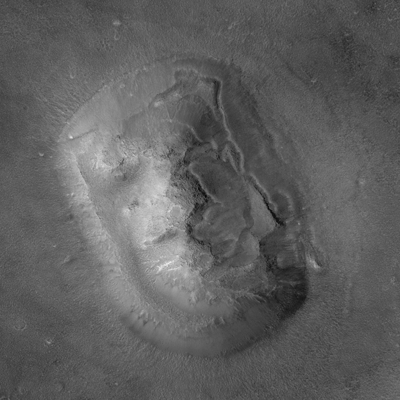
NASA Returns to Mars
NASA's Mars Global Surveyor photographed Cydonia in 1998 and 2001. The resolution of the new photos is ten times greater than that of the 1976 images. To the disappointment -- or relief -- of millions, "the face" and nearby pyramids no longer appear to be artificial constructions.
Additionally, a recent video released on YouTube (embedded below) depicts a 3D fly-by of the area. Cydonia seems to have lost its magic.

A 3D Video of "The Face"
A NASA Cover-Up?
Skeptics assert that NASA's newest images are doctored or perhaps show an entirely different region of Mars. Why would NASA, an agency of the US government, be interested in censorship? For one thing, evidence of extraterrestrial life -- whether human or Martian -- would present an immediate challenge to Christianity and other major religions. It would also incite fear of an alien takeover. As Stephen Hawking notes in the video below, we have no reason to expect that aliens would be well-meaning; they might destroy humankind just as European explorers destroyed Native Americans.
What do you think about the face on Mars? Add your comment below.
Alien Stuff on Amazon
Links You Might Like
- Trees on Mars? What NASA Might Know About Extraterre...
This article introduces conspiracy theories such as those raised in the book - The Roswell UFO Incident: An Introduction
Read this article for an introduction to the Roswell UFO incident. I include links to a Roswell newspaper story and government reports. - First Human Born On Mars
Cydonia, Mars - The first human born on Mars, a healthy baby girl, arrived this morning at 8:53 GMT. Media attention is focused on an intriguing combination of religion, science and secrecy. The famous Martian pregnancy has easily eclipsed Lady Gaga’ - Martian Pioneer Children Show Signs of Depression
A news report from Cydonia, Mars dated 2032 reports that children raised on Mars are suffering from depression. This is despite UV light therapies installed with the Mars One colonization in 2023. - People with Double DNA: An Intro to Chimeras
Naturally-occuring "human hybrids" express two sets of DNA. Are you among them?




